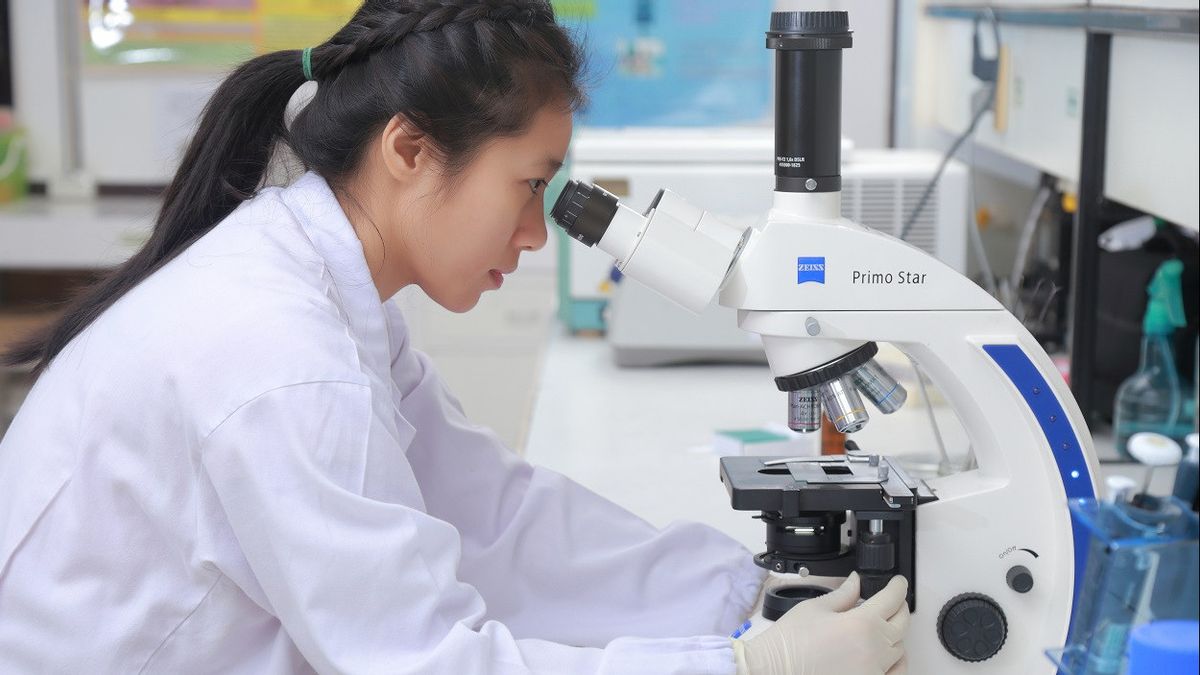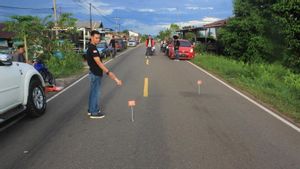JAKARTA - Microplastics used in food and paint packaging have been found in human blood vessels, according to recent research findings.
Research results show that microplastics can pass through blood vessels to blood vessels, but scientists say it's not yet clear what the implications are for human health.
Human safety venation tissue (vena safety) taken from patients undergoing heart bypass surgery, was studied in a small pilot study by a team from the University of Hull and Hull York Medical School and from Hull University Teaching Hospitals NHS Trust.
They found 15 microplastic particles for each gram of ven network and five different types of polymers.
Most notably including alkyd resin, used in synthetic paints, pernis and enamels; acetate polyviniles, adhesive found in food and nylon packaging; and EVOH and EVA, used in flexible packaging materials.
"We were shocked to find them. We already know microplastics is in the blood, from a study conducted by Dutch researchers last year," said Prof.
"However, it is not clear how they can cross blood vessels into blood vessels and this study shows that they can do that."
"While we don't yet know the implications for human health, what we can say is that from research using plates, these cells cause inflammation and stress responses," he said.
The study published in the journal 'Plos One' shows that the observed microplastic rate is similar or higher than reported in colon and lung tissues.
The safena venue is a blood vessel in the leg, which helps send blood from the leg and legs back to the heart.
The venue consists of three layers of tissue and is widely used intensive bypass grafting procedures (CABG).
About 40 to 50 percent of CABG's procedures ultimately failed after 10 years due to various factors, which are not always clear.
To date, there has been no research examining whether microplastics can infiltrate or pass through any biological barriers, including blood vessels, or possible relationships between environmental microplastic exposure and CABG results.
"Microplastic type and level characterization can now inform experiments to determine the health impact of blood vessels, including potential relationships between environmental microplastic exposure and CABG results," said Prof. Rotchell.
Meanwhile, Prof. Mahmoud Loubani, co-author, and professor of honor of cardiotorac surgery, said: "The failure of grafting the safena vein has been a long-standing problem after surgery of▁menimpaler arterial bypass surgery.
"This is an effective but long-lived treatment limited by a decrease in blood vessel patents."
The presence of this microplastic in the blood vessels may play a role in damaging the interior of the blood vessels, which causes them to become clogged over time.
"We need to identify whether there are correlations and figure out ways to eliminate microplastics," he said.
The English, Chinese, Japanese, Arabic, and French versions are automatically generated by the AI. So there may still be inaccuracies in translating, please always see Indonesian as our main language. (system supported by DigitalSiber.id)













